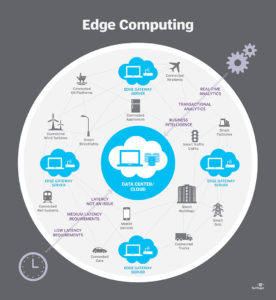As we’ve discussed on our blog, it’s important to take proactive, preventative action against the threat of ransomware, outages, and hacks. But there’s another piece that’s equally (if not more) important: the restorative aspect of disaster recovery, and protection against data loss. This is where BaaS comes in.
What is BaaS?
BaaS, or Backup as a Service, is focused specifically on the retention of data in the event of an outage or breach. BaaS protects data from loss, which leads to a more complete recovery and minimizes impacts to customers.
Why is BaaS Important?
First and foremost, Backup as a Service protects data. It tends to take a bit longer to retrieve and recover data, but this extended timeline allows for more time for QA. In addition, it saves costs, which is especially important when dealing with the fallout from a ransomware attack, outage or hack.
Aligning BaaS and DRaaS for Maximum Benefit
According to Beta News, the best strategy is to enlist and align BaaS with DRaaS (Disaster Recovery as a Service). While DRaaS focuses on minimizing downtime and recovering all IT infrastructure as quickly as possible, BaaS focuses on retaining data and minimizing data loss.
Utilizing both allows companies to tailor their recovery plan to the unique needs of their industry, dataset and IT infrastructure. Not only will this optimize disaster recovery, but can also lead to significant cost savings.
Do you need help creating a DRaaS or BaaS plan? Contact Vaultas today!
Vaultas is a technology ecosystem provider that facilitates direct access to any network or service provider. Our services include colocation, cloud, hybrid IT solutions, connectivity, communication and collaboration including UCaaS and CCaaS, disaster recovery and business continuity, hosting, consulting, energy conservation and much more.
Our primary ecosystem access points are located in the Twin Cities of Minneapolis and St. Paul, as well as Alexandria and St. Cloud, MN, and Milwaukee, WI, with remote access from anywhere in the world. Contact us to get started.


